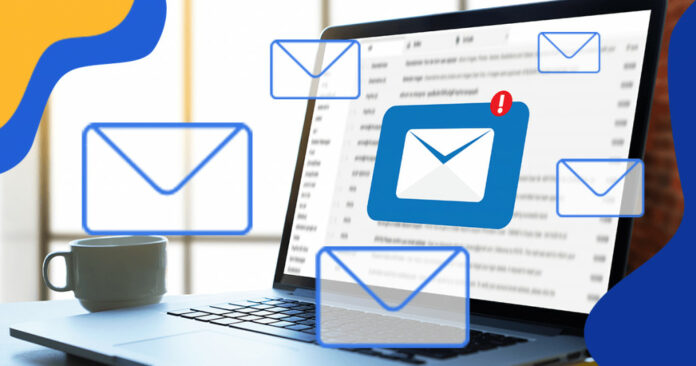Email marketing has incredible potential. When used properly, it has one of the highest returns on investment (ROIs) of any marketing strategy available, in part because it’s so inexpensive and straightforward to launch a new campaign. But oftentimes, small businesses squander that potential by making elementary mistakes.
What do most small business owners get wrong about email marketing, and what steps can you take to prevent these mistakes from encroaching on your marketing potential?
Buying a List
It’s intuitive to think that the more people you have on your email list, the more valuable your email marketing strategy is going to be. And in some ways, this is true. If you can maintain a steady conversion rate, having 10,000 recipients is going to yield better results than having 1,000 recipients.
However, some people interpret this axiom too literally, so they make a great effort to inflate their list as quickly as possible. Buying a list of email addresses may seem like an efficient shortcut to help you boost your recipient list, but it’s ultimately going to work against you.
It’s much better to build your list organically, only accepting people who actually want to read your content; otherwise, you could face some severe reputational damage and cause your conversion rates to plummet.
Spamming Recipients
Similarly, many small business owners think the best way to get better email results is to send as many emails as possible. It’s good to email your recipients with some regularity, but there’s a fine line between emailing regularly and spamming your customers.
If you send out too many emails, or send them too quickly, your subscribers are quickly going to learn to ignore your messages, unsubscribe, or even flag you as spam.
Flubbing the Timing
If you want to get the most out of your strategy, you need to know the best time to send email, which is, unfortunately, a topic that most small business owners forget. There are some common best practices here; for example, you’re probably going to get a higher response rate on Wednesday than on Sunday afternoon.
However, your exact timing is going to depend on the audience you’re targeting. Depending on your industry and your target market, it may be better to send an email early in the week, in the middle of the week, or later in the week. It could be better to send in the morning or late in the afternoon. You have to do your research to know which timing is most appropriate.
Failing to Follow Up
Sending one message often isn’t enough to get results. If you want to see better results, you need to build brand familiarity and give people multiple opportunities to engage. That usually means creating a drip email campaign, giving you the power to send regular messages to audience members who gradually become more acquainted with you.
Focusing on Selling Exclusively
It’s true that your email marketing campaign is designed to sell your brand and sell your products. But if every email you send out is exclusively focused on selling something, people will quickly learn to tune you out. It’s much better to provide value to your subscribers as often as possible, giving them news, information, tips, and discounts. Once you build their trust and provide value to them, they’re going to be much more likely to convert in the future.
Neglecting the Subject Line
Most people are willing to delete an email without even reading it – if the subject line isn’t compelling or interesting to them. That’s what makes subject lines, arguably, the most important part of any sales or marketing email. If your subject line doesn’t work, the rest of the email is totally irrelevant. You should focus all your efforts on perfecting your subject lines first.
Never Measuring Results
How do you know that your email marketing campaign is generating a positive ROI? You won’t know unless you’re actively measuring your results. Unfortunately, many small business owners skip this step, assuming that their strategy is working rather than proving it with data.
Failing to Adapt
Email marketing is best used as an ongoing experiment. Every email blast you send out is an opportunity to learn more about your target customers, your competition, and the best strategies for persuasion. If you’re not constantly learning and adapting, you’re never going to reach your full potential.
These are just some of the mistakes you might make as a small business owner. But try not to worry too much. There’s a steep learning curve in the world of email marketing, so even if you’re armed with the latest information and you do all your research proactively, you’re still going to make some mistakes.
What’s important is that you commit to ongoing learning and ongoing adaptation so you can continue improving your strategy regardless of these mistakes.



